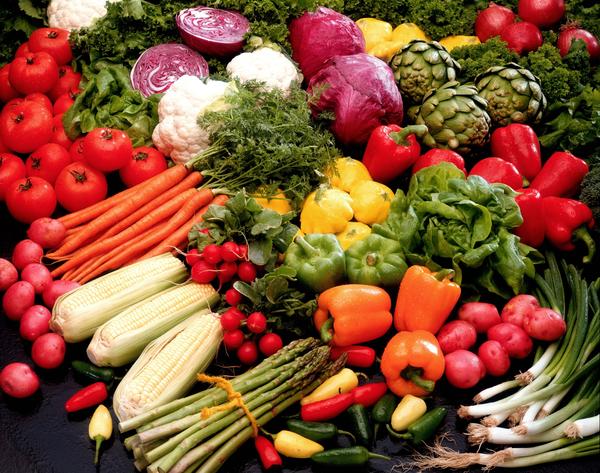Many medical issues have symptoms that can be managed or preventative with exercise and nutritional care, but access to things like fresh fruits and vegetables or healthy protein can be challenging for certain populations. An experiment in San Francisco called a “food pharmacy” has had amazing results.
The Silver Avenue Family Health Center has expanded a traditional food pantry into a place where patients struggling with high blood pressure and diabetes can discuss nutrition, recipes, and receive cooking demonstrations for improving their diet and health. Mother Jones reports that patients can access the food pharmacy with a referral, and that the program has been so successful, it will be expanding to four other primary care clinics in the coming year.
The program was based on another successful enterprise in Boston, called the Preventative Food Pantry and run by the Boston Medical Center. According to their website, this pantry welcomes patients with “cancer, HIV/AIDS, inflammatory bowel disease, diabetes, obesity, food allergies and other chronic conditions,” offering them a “prescription” to come by twice a month and pick up enough food for three or four days worth of meals.
While many food pantries emphasize goods that can be stored for a long time, like grains or canned items, BMC’s pantry focuses on healthy perishables that don’t last on shelves, but are good for patients. They offer fresh fruit and vegetables all year round. They now feed over 7,000 people a month, and derive some of their produce from the hospital’s rooftop garden.
Dr. Rita Nguyen, of the San Francisco public health department, spearheaded the effort to open a similar location on her city.
“Often we just pile on prescriptions and ignore the other half of the equation for wellness, which is food,” Nguyen told Mother Jones. She pointed out that most primary care physicians prioritize care that will make them money, which means action over discussion. She says most will not “spend 15 minutes talking to someone about their diet” when they could prescribe something and send them on their way.
It’s difficult to measure the efficiency of the food pantry, since patients are getting their food form other sources as well. But initial findings are positive.
In a three-month trial, 75 percent of patients said they had “greater access to healthy foods.” Half had better blood sugar levels, and 38 percent reported lower blood pressure. For many, the issue isn’t so much a reluctance to eat healthy, but a lack of access to what the pharmacy can offer. With a combination of education and supply, doctors may be able to bridge the gap to health that so many people struggling with poverty and illness need help getting over.







